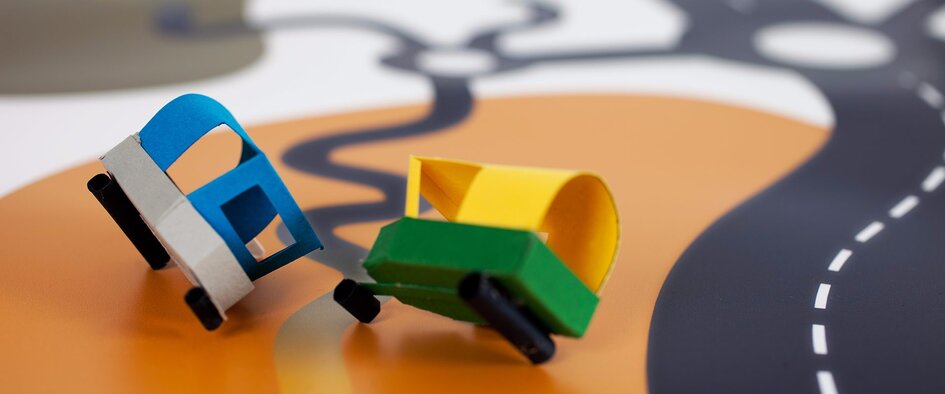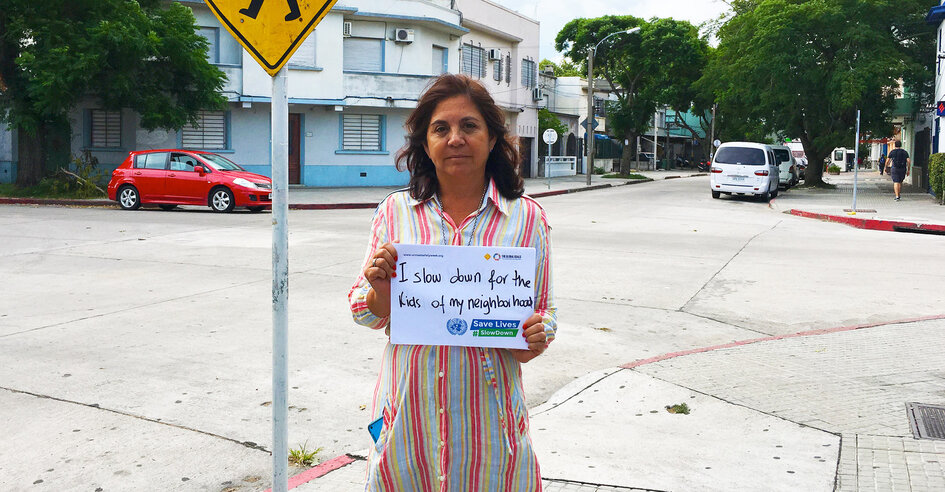
Asian Development Bank & YOURS talk youth participation!
As part of the 5th Global Meeting of the Global Alliance of NGOs for Road Safety in Kuala Lumpur, Malaysia; the second day of pre-meeting workshops took place on the 4th April. For our second involvement in the workshops, we joined with the leaders of the workshop, the Asian Development Bank, to build capacity on youth participation in road safety. The workshop heard multitude ideas of how youth can drive change for road safety across Asia and the world and encouraged ‘meaningful participation’ in road safety.
Alongside the Asian Development Bank’s Youth for Asia program, we joined with their Youth Project Designer for Asian Development Bank – Youth for Asia, Mr. Lee Lambert to deliver a pre-meeting workshop on ‘Youth & Road Safety’.

About Youth for Asia
ADB has embraced the vital role that civil society participation plays in the fight against poverty in the region. From planning and design consultations to project implementation and monitoring, civil society’s participation results in more effective and sustainable development efforts.
Because youth and youth-led organizations are important members of civil society, ADB started the Youth Initiative – now called ADB Youth for Asia – in 2013, to support young people in contributing effectively to development. It is a program managed by ADB’s NGO and Civil Society Center to mainstream youth participation in ADB operations as it believes that empowered youth are innovative and effective development.

Key aims of the workshop session included a need:
- To raise awareness of the importance of meaningful youth participation in design, implementation, and evaluation in road safety campaigns and achievement of the road safety-related SDG targets;
- To highlight the work and experiences of YOURS (global perspective) and ADB Youth for Asia (focus on Asia Pacific – examples of ADB projects in Mongolia and Tajikistan) in working with Youth in Road Safety;

Participants explore the benefits of engaging youth in road safety.
- To have international NGOs present from other continents share their perspectives, experiences and ideas for engaging youth in road safety campaigns for advocacy, seatbelt use, helmet use, speeding, drink driving, safer vehicle, post-crash response, etc. These outputs will be collated by Youth for Asia to be integrated in the design of ADB operations in road safety;
- To allow the platform to connect with active road safety NGOs from Asia and the Pacific and other regions.
- To provide access to YOURS and Youth for Asia materials and toolkits to further engage youth in road safety activities in member NGO countries.
Participants heard real examples of how youth can actively engage in road safety to build change amongst their peers; both by providing youth with skills to help them be safer road users and by taking an active role in road safety decision making as equal players. Lee Lambert of concrete examples of ADB projects working with youth in Tajikistan and Mongolia.

The above presentation (Prezi), delivered by Manpreet Darroch from YOURS focused on the importance of youth participation in road safety that is meaningful and acted upon. He said,
“Many organizations work for youth as beneficiaries but working WITH youth creates projects and interventions that are creative, responsive, innovative and senstive to the language and realities of youth, they are often best equipped to tell you what will work in terms of engaging youth in road safety”

Facilitators for the session were:
- Lee Michael Lambert
Youth Project Designer for Asian Development Bank – Youth for Asia - Manpreet Darroch
Communications Officer, Coordinator of the Global Youth Network for Road Safety – YOURS – Youth for Road Safety - Floor Lieshout
Exective Director, YOURS – Youth for Road Safety

Read more about Youth for Asia and their work in road safety.
Read more about our work in involving youth in road safety.










 Slowing down is very safe
Slowing down is very safe Small changes, big results
Small changes, big results Speed up the solutions
Speed up the solutions




